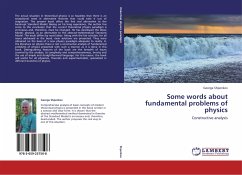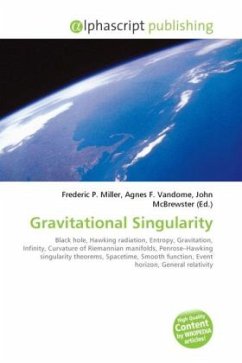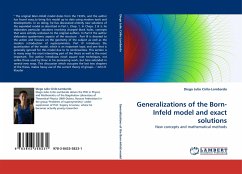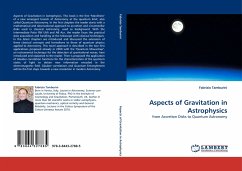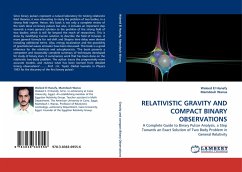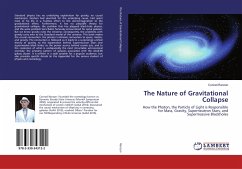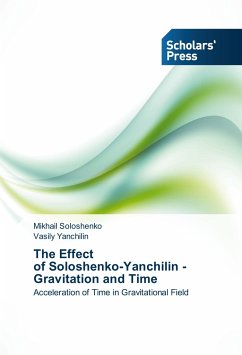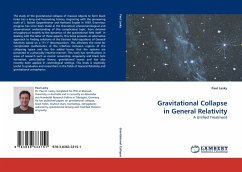
Gravitational Collapse in General Relativity
A Unified Treatment
Versandkostenfrei!
Versandfertig in 6-10 Tagen
52,99 €
inkl. MwSt.

PAYBACK Punkte
26 °P sammeln!
The study of the gravitational collapse of massive objects to form black holes has a long and fascinating history, beginning with the pioneering work of J. Robert Oppenheimer and Hartland Snyder in 1939. Enormous progress has since been made in the theoretical, phenomenological and observational understanding of this complicated topic, from detailed microphysical models to the dynamics of the gravitational field itself. In dealing with the latter of these aspects, this book presents an alternative approach to finding solutions of the Einstein field equations of General Relativity based on a "3...
The study of the gravitational collapse of massive objects to form black holes has a long and fascinating history, beginning with the pioneering work of J. Robert Oppenheimer and Hartland Snyder in 1939. Enormous progress has since been made in the theoretical, phenomenological and observational understanding of this complicated topic, from detailed microphysical models to the dynamics of the gravitational field itself. In dealing with the latter of these aspects, this book presents an alternative approach to finding solutions of the Einstein field equations of General Relativity based on a "3+1" decomposition. This alleviates the need for complicated mathematics at the interface between regions of the collapsing space and has the added bonus that the systems are presented in a physically intuitive manner. This work has ramifications in areas of research such as cosmic censorship, singularity and black hole formation, perturbation theory, gravitational waves and has also recentlybeen applied in cosmological settings. This book is especially useful to graduates and researchers in the fields of General Relativity and gravitational astrophysics.



